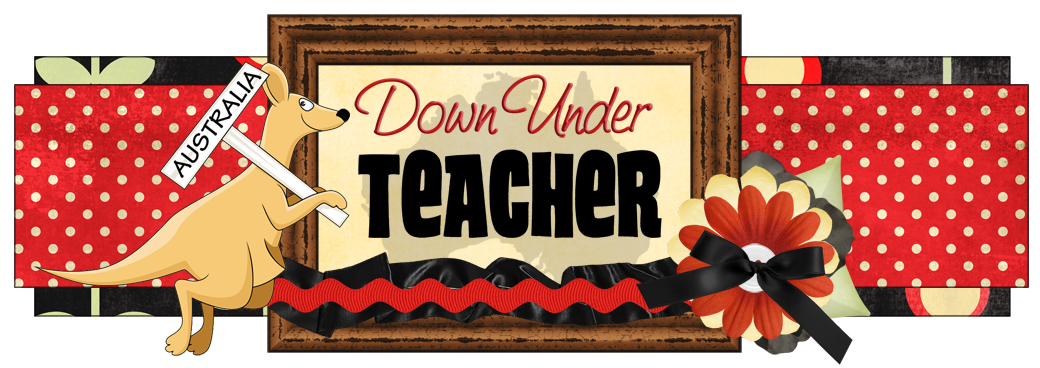Word problems are a
foundational part of early math education. They help students apply math
concepts to real-world situations, build critical thinking skills, and improve
reading comprehension. However, teaching word problems to 1st graders can be
challenging, as it requires integrating math with language skills. Here's 7
tips to make this process engaging and effective.
1. Start with Simple,
Relatable Scenarios
At this age, children are
most engaged with scenarios they encounter in daily life. Use word problems
that involve familiar situations, such as:
- Counting toys: "Sarah has 3 dolls, and her friend gave her 2 more. How many dolls does she have now?"
- Sharing snacks: "There
are 6 cookies, and 2 kids want to share them. How many cookies will each
kid get?"
Relatable scenarios make
the problems more tangible and less intimidating for young learners.
2. Use Visual Aids and
Hands-On Tools
First graders are concrete
thinkers who benefit from seeing and touching physical representations of
problems. Use:
- Manipulatives:
Counters, blocks, or buttons to represent numbers.
- Drawings:
Encourage students to draw pictures of the problem (e.g. apples for a
counting problem).
- Number lines:
A visual way to show addition and subtraction.
3. Break Down the Problem
Step-by-Step
1. Read
Together: Read the problem aloud, emphasizing key information.
2. Identify
Important Details: Ask students questions like, "What is the
problem asking us to find?" and "What numbers or
facts do we know?"
3. Choose an
Operation: Teach them to decide whether to add, subtract, or perform
another operation by looking at clue words like "more" or "left."
4. Solve It:
Use tools, drawings, or mental math to find the solution.
5. Check the
Work: Reinforce the habit of reviewing answers by rereading the problem and
verifying their steps.
This can be done whole
class or in small groups. For whole class teaching, display word problems on
the whiteboard and think-aloud as you solve the problem. Students can follow
along with you on a work mat. In teacher led small groups, highlight key words
and use manipulatives as you solve together. Try and show how you can solve the
problem in multiple ways.

4. Make It Fun with Games
and Stories
Transform word problems
into playful activities. For example:
- Math Stories:
Create short, engaging stories with math problems embedded in them.
- Role-Playing:
Act out the problem. If the scenario involves buying items, set up a
pretend store.
- Interactive Games:
Use apps or games that feature word problems for kids.
This approach not only
teaches math but also keeps their attention and encourages active
participation.
5. Incorporate Peer
Collaboration
Pair students to solve
problems together. Collaborative activities help children articulate their
thinking and learn from peers. For instance, one child might solve the problem
while the other explains the reasoning.
6. Scaffold Learning and
Gradually Increase Difficulty
Begin with straightforward
problems and slowly introduce more complex ones. For example:
- Basic Addition: "Liam
has 2 apples. He gets 3 more. How many does he have now?"
- Introduction to Subtraction: "Emma
had 5 balloons, but 2 popped. How many does she have left?
- Problem Types: Incorporate
start unknown, change unknown and comparison problems etc into your
problem solving lessons.
- Two-Step Problems: "Sophia has 3 candies, and her mom gives her 2 more. Then she eats 1. How many does she have left?
This progression ensures
students build confidence and a solid understanding.
7. Build Connections
with Parents
Encourage parents to
practice word problems at home. Provide simple problem templates or suggest
real-life scenarios, like calculating groceries or sharing toys, to make math a
part of everyday activities.
If you are after some ready-to-go word problem resources, check out my seasonal and holiday packs. The holiday themed teaching slides are coming out progressively throughout the year and are completely EDITABLE! The Seasonal Bundle is perfect for small group math centers or work stations, homework and intervention.
Teaching word problems to 1st graders is all about making math relatable, interactive, and enjoyable. What’s your favorite strategy to teach word problems to 1st graders?















